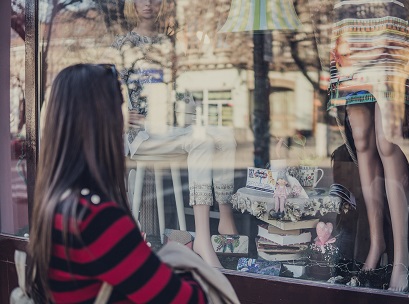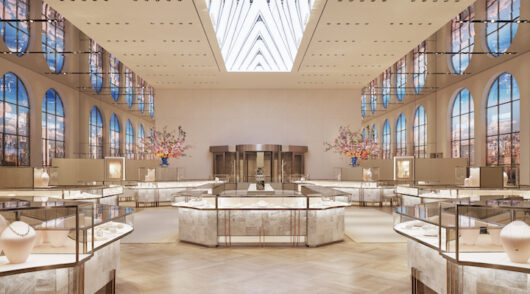
Australian retail spending was down slightly in April, falling 0.1 per cent after a 0.3 per cent rise in March, according to figures from the Australian Bureau of Statistics.
Household goods retailing saw spending drop 0.9 per cent, while cafes, restaurants and takeaway food services fell 0.7 per cent.
Spending on clothing, footwear and personal accessories was down 1.2 per cent, while department stores enjoyed a 1.8 per cent growth.
Other retailing, which comprises pharmaceutical, cosmetic, toiletry, newspaper, book and recreational goods spending, rose 0.1 per cent.
Compared to April 2018, spending was up 2.9 per cent.
Online retail accounted for 5.7 per cent of spending in the month, unchanged from last month, but up from the 5.4 per cent seen in April 2018.
Dominique Lamb, chief executive of the National Retail Association, called on the federal parliament to pass its proposed tax cuts as soon as possible, to provide relief for both struggling retailers and Australians.
“[The] ABS figures for April paint a sombre picture and demonstrates the need to boost Australians’ disposable income,” Lamb said.
“There were certainly mixed results across the board both in individual categories and in how each state and territory performed.”
Seasonally adjusted, Queensland saw the largest growth in April of 0.7 per cent, followed by South Australia at 0.6 per cent, Tasmania at 0.3 per cent and Western Australia at 0.1 per cent.
Conversely, the Australian Capital Territory saw a 0.2 per cent decline in spending, New South Wales and Victoria fell 0.4 per cent, and the Northern Territory fell the furthest – with a 0.5 per cent decline.
Australian Retailers Association executive director Russell Zimmerman noted that while yearly growth was up 2.9 per cent in April, the rate of growth has slowed from 3.51 per cent in March.
“It was pleasing to see department stores experience year-on-year growth of 2.65 per cent, which is the strongest growth seen this year,” Zimmerman said.
“[However], it is alarming to see the steep decline in sales of newspapers and books (-10.97 per cent) as we have now seen 21 consecutive months of falling sales.
“It is obvious this is one part of the retail sector that is suffering from structural issues and adverse trading conditions.”
Reserve Bank’s decision provides relief
The industry may find some relief in the Reserve Bank of Australia’s decision to cut the official cash rate to 1.25 per cent, after having remained at 1.5 per cent for 32 consecutive months.
Analyst firm IBISWorld believes the decision will benefit various industries in Australia – retail included – by improving consumer sentiment and domestic spending capacity.
“A lower cash rate will help curb weakening consumer spending, which we believe will support the consumer goods retail subdivision and stimulate economic activity,” IBISWorld senior industry analyst Tommy Wu said.
“Industries such as motor vehicle dealing and furniture retailing are also expected to benefit from these trends.”
The decision was based on several factors, though was chiefly made to support employment growth and to ensure inflation remains on track, according to Reserve Bank governor Philip Lowe.
Lowe said it was “not unreasonable” to expect the board will cut the cash rate further.
“Our latest set of forecasts were prepared on the assumption that the cash rate would follow the path implied by market pricing, which was for the cash rate to be around 1 per cent by the end of the year,” Lowe said at a Reserve Bank Board dinner, after the drop in cash rate was announced.
“It is possible that the current policy settings will be enough – that we just need to be patient. But is it also possible that the current policy settings will leave us short.
“Given this, the possibility of lower interest rates remains on the table.”
Access exclusive analysis, locked news and reports with Inside Retail Weekly. Subscribe today and get our premium print publication delivered to your door every week.





